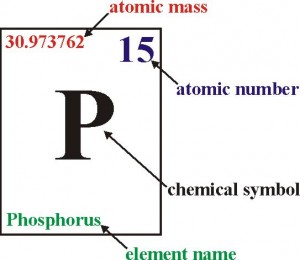Innovation in renewable energy is needed in order to reduce our dependency on fossil fuels. Instead of importing energy from other nations, what if there was a way for every country to produce its own energy? There is, and we are standing on it.

Pavegen Tile
Photo from: flickr
Pavegen tiles work by converting the kinetic energy of a footstep into electrical energy that can be used for numerous applications. According to Laurence Kemball-Cook, inventor and CEO of Pavegen Systems, the average person takes about 150 million steps within their life time. If every step was on a Pavegen tile, that would translate into enough energy to “power the average house for around three weeks”, said Kemball-Cook.

Piezoelectric effect: certain materials can generate electricity when a stress is applied to them
Photo from: flickr
Pavegen tiles work by taking advantage of the piezoelectric effect. Simply put, certain materials can generate electricity when mechanical stress is applied to them. The most common example of this phenomena is the ignition of a BBQ lighter. Pressing a button on the lighter causes a small device to hit a piezoelectric material such as a quartz crystal. Changing the shape of the crystal causes an electrical discharge that ignites the gas.
In this case, that stress is the pressure that we exert with every footstep on the tile. When a tile is stepped on, it compresses slightly (8mm) and the electrical energy generated is captured and stored in a battery within the tile. Currently, between 4-8 Watts of electricity are produced every time a Pavegen tile is stepped on.
This technology has proven to be effective in numerous schools and public transportation stations in the United Kingdom. The majority of the energy stored in the batteries is being used to power LED lights located both on the tiles, and in the hallways in which the tiles are located. In a station in London, 50% of the energy needed for lighting is now coming from power generated from passengers’ footsteps.
Created in 2009, this technology continues to spread around the world and has recently crossed the pond and was introduced in a public school in New York.
“As we scale up […] it can be comparable to other renewables like solar”, voiced Kemball-Cook at a recent TED talk. “Think about the amount of untapped energy that we could create”.
Pavegen tiles could offer a solution to our growing energy needs; that’s one small step for man, 4-8 Watts for mankind.

By Morgan Haines














